
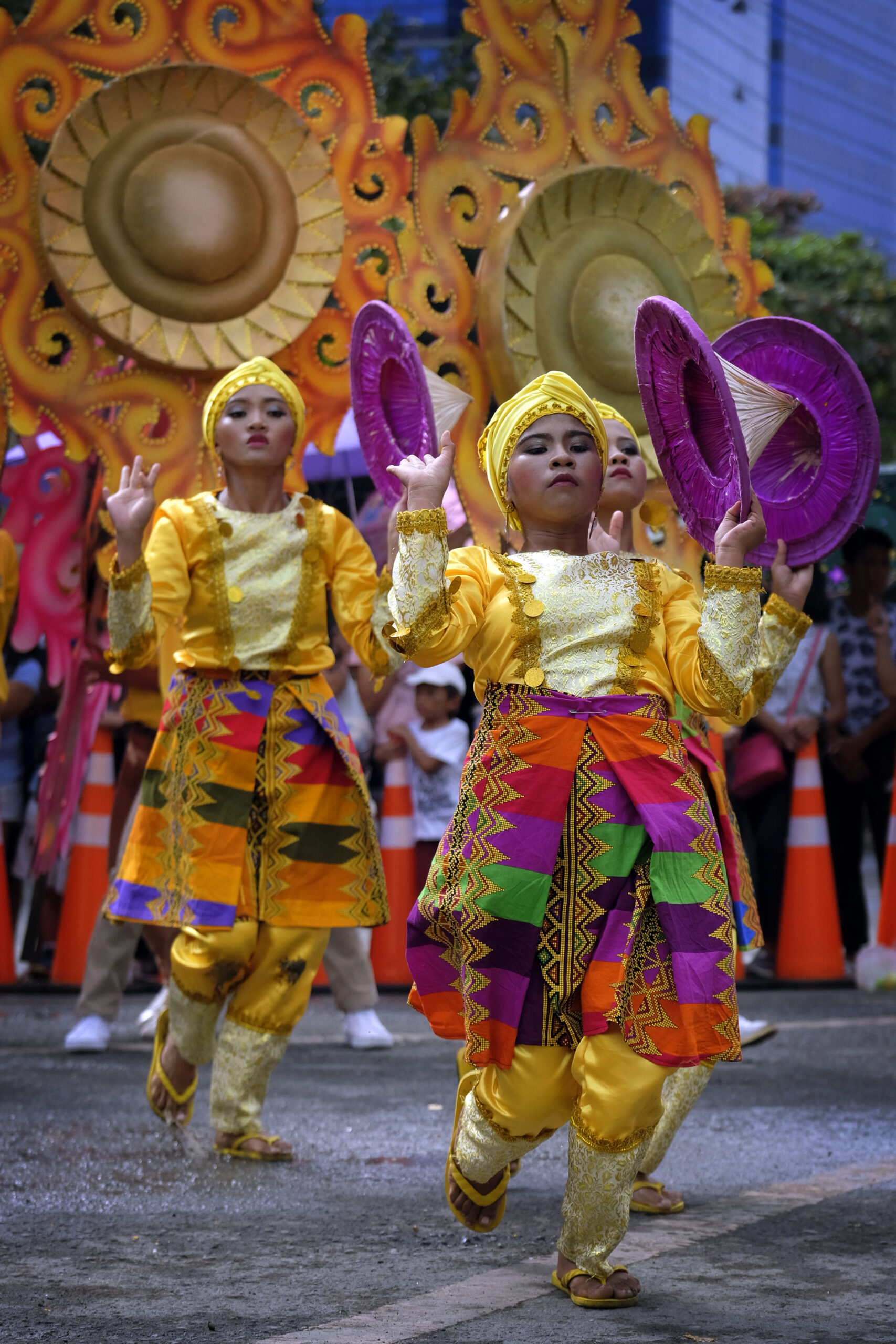
The Kadayawan Festival: A Celebration of Life and Nature
The Kadayawan Festival is an annual festival that takes place every third week of August in Davao City, the largest city in Mindanao and the third-largest city in the Philippines. The festival is a celebration of life, a thanksgiving for nature’s gifts, the riches of culture, the bounty of the harvest, and the serenity of living.
The word “Kadayawan” comes from the Mandaya word “madayaw”, which means treasured or valuablehttps://en.wikipedia.org/wiki/Kadayawan_Festival. The festival is also known as the “King of Festivals” or the “Festival of Festivals” because it showcases the diversity and unity of the 11 tribes of Davao City: Ata, Bagobo, Matigsalug, Obo, Klata, Tagabawa, Tausug, Maguindanao, Maranao, Sama, and Kalagan. These tribes have their own distinct languages, customs, beliefs, and ways of life, but they all share a common bond of respect and gratitude for nature and its bounty.
The origin of the festival can be traced back to the ancient times, when the tribes would gather at the foot of Mount Apo, the highest peak in the Philippines, to offer their harvests to their deities and ancestors. They would also perform rituals and dances to express their joy and thanksgiving for the abundant crops and fruits that they received.
The festival was later influenced by Christianity, when Spanish missionaries arrived in Davao in the 16th century and introduced the devotion to Santo Niño or Holy Child Jesus. The image of Santo Niño was believed to be miraculous, as it protected the people from calamities and diseases. The image was also enshrined in San Pedro Cathedral, where it is still venerated today.
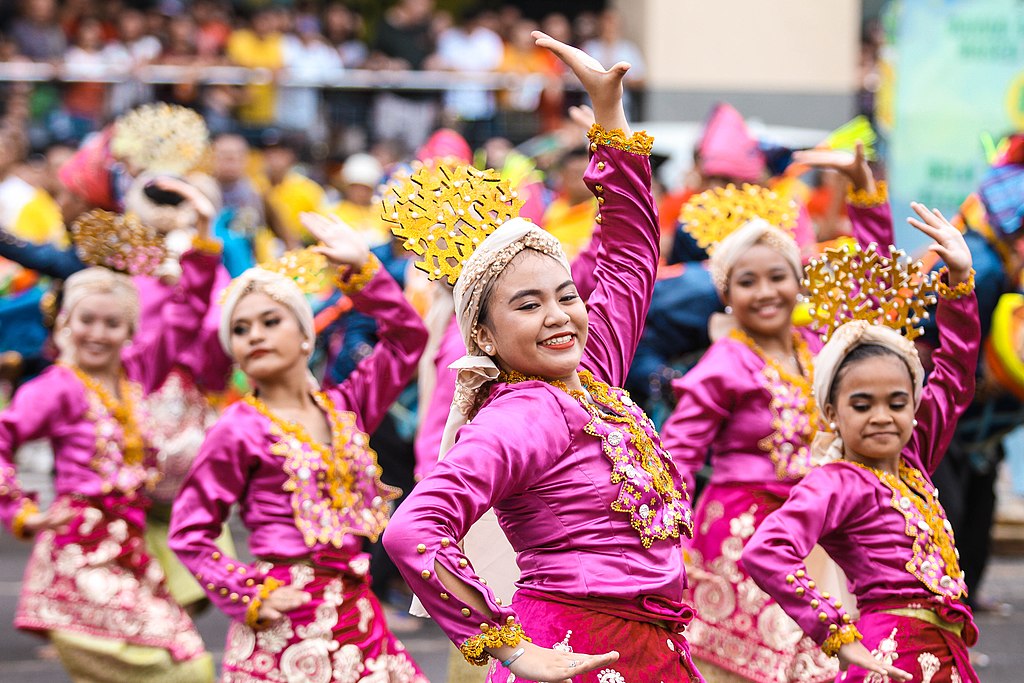
The festival was officially organized in 1986 by then Mayor Elias B. Lopez, who wanted to unite the people of Davao during the turbulent times of martial law. He also wanted to promote Davao as a tourist destination and showcase its natural wonders and cultural heritage. He invited local artists to create masks and costumes that would depict happy and smiling faces. He also organized street dances and parties that would bring joy and fun to the city. Thus, the Kadayawan Festival was born.
The festival has evolved over the years, becoming more elaborate and creative. The highlight of the festival is the grand street parade or Sadsad, where thousands of participants from different tribes or groups compete for prizes and honors. The participants wear colorful costumes and masks that are inspired by various themes, such as native culture, history, fantasy, or current events. They dance to the rhythm of drums and music, while chanting “Hala Bira! Pwera Pasma!” (Go on! No pain!), which expresses their enthusiasm and energy. The parade also features floats decorated with flowers, fruits, vegetables, and other local products. The parade is accompanied by a procession of the image of Santo Niño and his wife Santa Maria de la Cabeza.

The festival is not only a feast for the eyes, but also for the taste buds. Visitors can enjoy various delicacies that are unique to Davao City, such as durian (a spiky fruit with a strong smell but a sweet taste), pomelo (a citrus fruit with a thick skin but a juicy pulp), mangosteen (a purple fruit with a white flesh), marang (a green fruit with a creamy texture), banana cue (deep-fried bananas coated with caramelized sugar), kinilaw (raw fish marinated in vinegar and spices), crocodile sisig (chopped crocodile meat seasoned with calamansi juice and chili peppers), and malagos chocolate (a locally-made chocolate from cacao beans). They can also buy souvenirs made from wood, silver, beads, or kiping (leaf-shaped wafer).
The Kadayawan Festival is not only a celebration of life and nature, but also a celebration of culture and harmony. It is a way of preserving and promoting the traditions and values of Davao City and its people. It is also a way of showcasing the beauty and diversity of Mindanao and the Philippines. The festival invites everyone to join in the fun and festivity of this remarkable event.

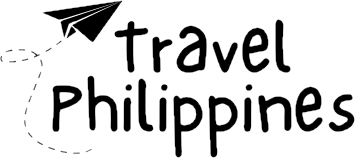

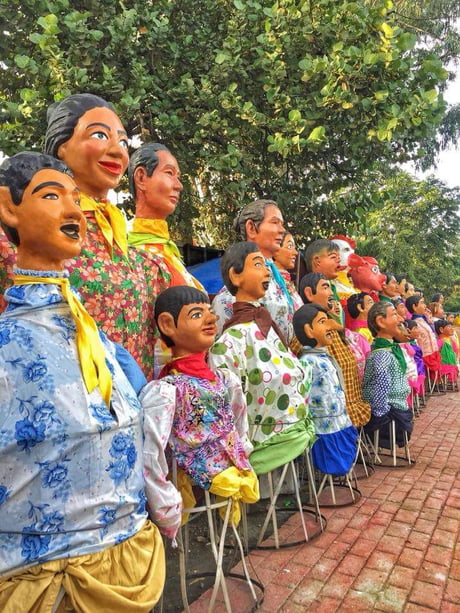
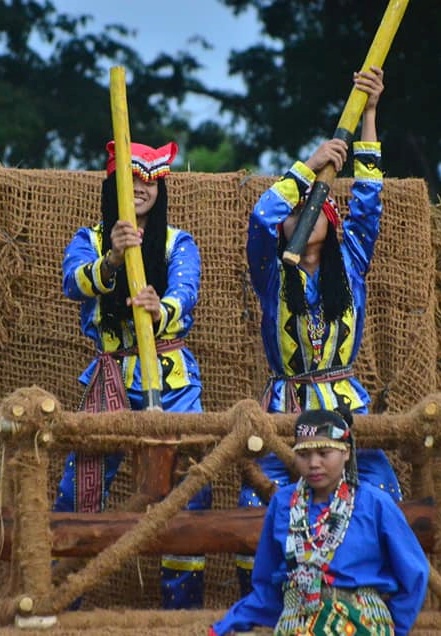
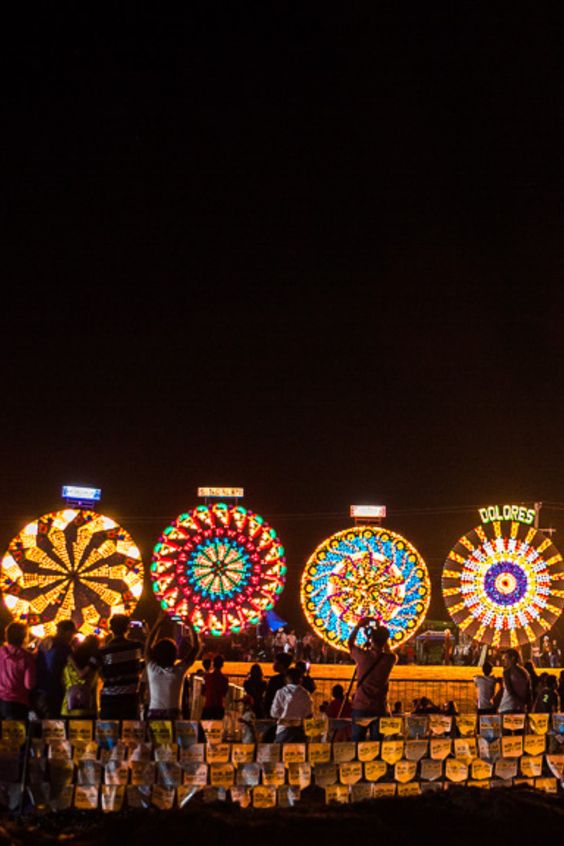
 by
by